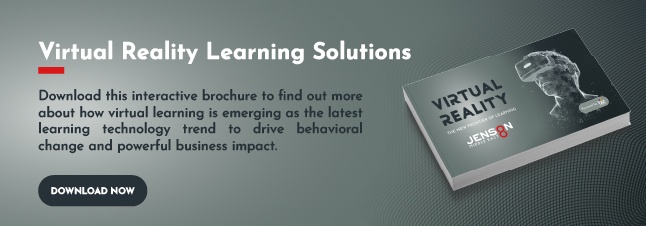‘The training was good, but how do we know that it was effective?’
This is a question that most L&D professionals, if not all, truly dread. Measuring the impact of learning is one of the biggest challenges of Learning and Development. Often, we have to rely only on the feedback given by participants to justify the benefits of training, which may not always be insightful or relevant.
A recent report reported only 35% of talent development professionals surveyed measured the impact of learning on business results.
A lack of data and analytics often makes it difficult to measure the effectiveness of learning programs and their impact on business results. L&D professionals have to rely on a wide spectrum of metrics to measure the effectiveness of learning. According to Linkedin’s Workplace Learning Report, gathering qualitative feedback from participants was the most common way of measuring the effectiveness of learning programs.
But what if there was a way to deliver powerful training content that immerses participants in a real-life like environment, that reveals true behaviours and insights? Virtual Reality has revolutionised traditional learning methods and is fast emerging as the new and preferred frontier of training.
How to measure the impact of learning
As per a PwC report, participants are who are trained with Virtual Reality solutions are:
- 275% more confident to act on what they learned after training
- 4X faster more focused than e-learners
- 3.75X more emotionally connected to the content than classroom learner
- 4X trained faster than classroom training on average
Having a great training experience that the learner successfully completes is great, but applying that learning into the workplace environment to improve performance is the ultimate goal.
By re-visiting virtual training exercises after a period of time, key indicators such as knowledge retention and improved competencies carrying out specific tasks can be tested. Other evaluation tools such as on-the-work observations and managerial feedback will help you gather data on whether the application of learning is taking place.
Another key metric to measure training effectiveness is the number of hours saved. Traditional classroom learning requires hours of training sessions. For leaders, finding out the time for extensive training can be difficult, especially when they are working in a high-stakes environment. Skills such as crisis management, problem-solving, quick decision making can only be mastered when leaders are consistently exposed to situations where these skills are required so that they can learn by TRY-FAIL-REPEAT. Virtual Reality provides an immersive environment where leaders can safely practise and master these skills in significantly less time.
Jenson8 MiddleEast is born out of a partnership between Biz Group and Jenson8 to bring the VR experience to you. Our Virtual Reality solutions bring teams together in an immersive environment to meet their learning and development goals. Participants must communicate, plan, organise, collaborate and solve problems in the VR environment. Subject matter experts facilitate sessions and assess participants’ performance. Between sessions, training principles are discussed in breakout sessions and incorporated into the ongoing strategy. This ultra-realistic experience creates a high-stakes environment that reveals participants’ true strengths and weaknesses by doing, not merely talking! We call this Dynamic Psychometrics™.
You can experience this multiplayer Virtual Reality training as a team at our Virtual Learning Lab in Dubai, or from the comfort of your home or office with Oculus Quest 2 headsets.
Please GET IN TOUCH with us to know how you can leverage the power of VR for leadership development and training.







